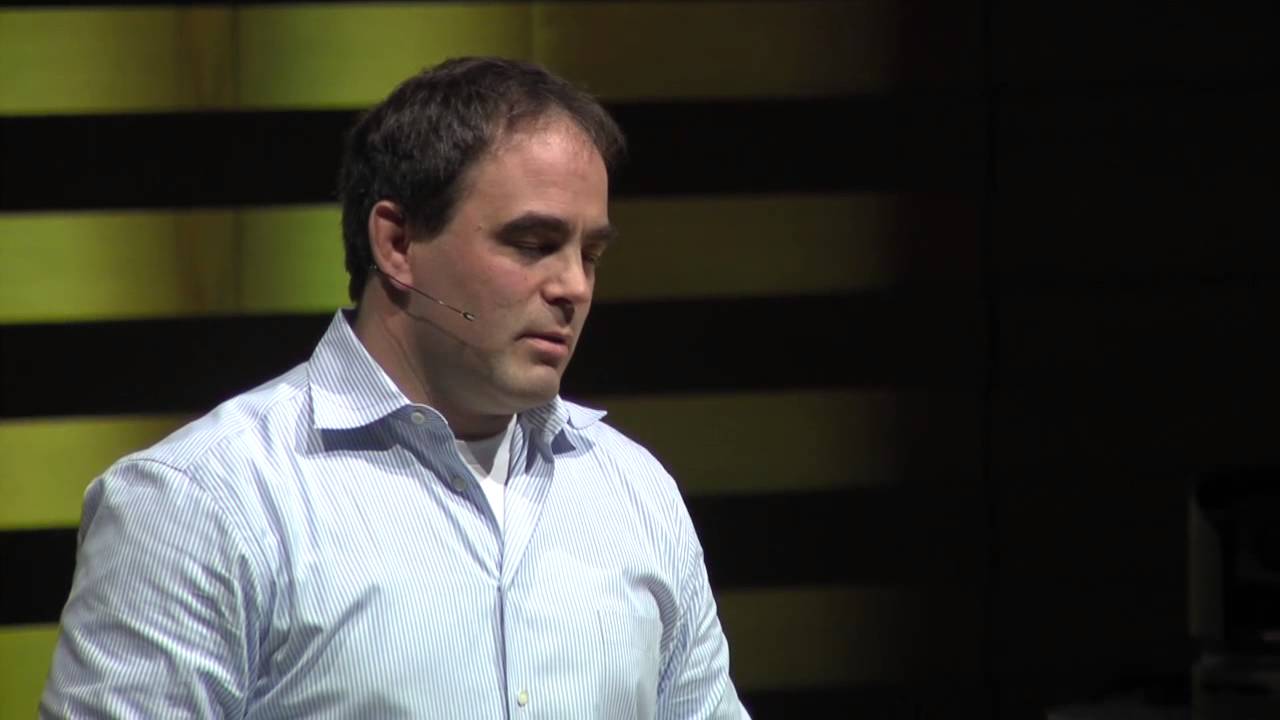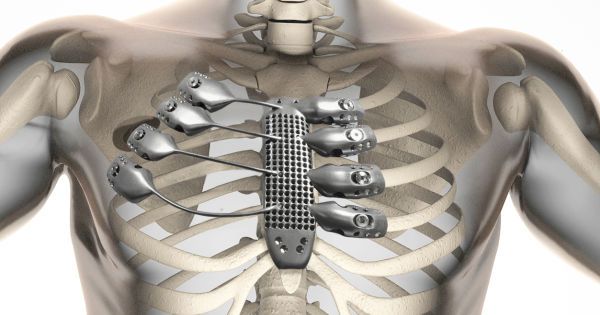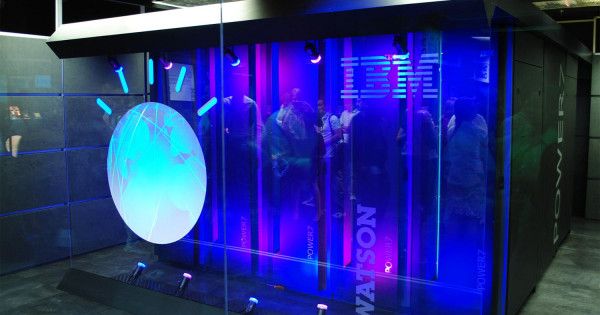Page 11675
Sep 12, 2015
Quantum Computing – Artificial Intelligence Is Here
Posted by Early Boykins III in categories: computing, quantum physics, robotics/AI

Geordie Rose, Founder of D-Wave (recent clients are Google and NASA) believes that the power of quantum computing is that we can ‘exploit parallel universes’ to solve problems that we have no other means of confirming. Simply put, quantum computers can think exponentially faster and simultaneously such that as they mature they will out pace us. Listen to his talk now!
Sep 12, 2015
Will Bitcoin End the Reign of Government?
Posted by Philip Raymond in categories: bitcoin, cryptocurrencies, economics, government
When my daughter was just starting primary school, she would look inside a book for the pictures before reading the text. She was old enough to read without pictures, but she wanted to get a quick synopsis before diving in. “Look, Dad! a bunny is carrying a giant clock into a rabbit hole.”
 This is my first article without pictures. At least none of Bitcoin, because the copper coin metaphors are tired and inaccurate. At the user level, owning bitcoin is simply your stake in a widely distributed ledger. Ownership exists only as strings of secret code and public code. There is no physical coin.
This is my first article without pictures. At least none of Bitcoin, because the copper coin metaphors are tired and inaccurate. At the user level, owning bitcoin is simply your stake in a widely distributed ledger. Ownership exists only as strings of secret code and public code. There is no physical coin.
Since the only pictures in this post show a white rabbit with a big clock, let me give you the quick synopsis: The answer is “No”. Bitcoin will not end government, nor its ability to tax, spend—or even enforce compliance.
But there is an irony: Most lawmakers and regulators have not yet figured this out. They perceive a great threat to their national interests. That’s why Andreas M. Antonopoulos runs around the world. He briefs prime ministers, cabinets and legislators with the noble purpose of demystifying and de-boogieing Bitcoin.
Continue reading “Will Bitcoin End the Reign of Government?” »
Tags: bitcoin, government, regulation, tax compliance, taxes
Sep 11, 2015
Polaroid’s Latest Instant Camera Doesn’t Need Ink — By Margaret Rhodes | Wired
Posted by Odette Bohr Dienel in category: media & arts
“The Snap—Ammunition’s third design for Polaroid, after last year’s Cube action camera and Zip instant mobile printer—is a decidedly modern instant camera. Unlike its predecessors, it doesn’t use ink cartridges. Instead, it uses inkless printing tech developed by a company called Zink. Heat from the printer reacts with dye crystals embedded in the photo paper to create the image.”
Tag: Photography
Sep 11, 2015
The First Human Head Transplant Will Take Place in 2017
Posted by Albert Sanchez in categories: biotech/medical, computing, genetics, neuroscience
Italian neurosurgeon Sergio Canavero grabbed the world’s attention this past winter when he announced his plans to perform the first human head transplant. Many doubted that such an outrageous procedure would ever see the light of day. Now, Canavero has a date on the books.
Thirty-year-old Russian computer scientist Valery Spiridonov is set to become the world’s first head transplant patient in December 2017. Spiridonov suffers from a rare genetic muscle-wasting condition known as Werdnig-Hoffmann disease. There’s currently no known treatment.
As you might not want to imagine, the procedure will be filled with challenges and uncertainties. There’s the hair-raising possibility that the head will reject the body or vice versa. The spinal cord might not fuse properly. Even if everything goes well, there’s no telling whether Spiridonov’s mental capacities or personality will remain the same. He’s embarking on totally uncharted medical territory.
Sep 11, 2015
Spanish cancer patient gets a 3D-printed titanium rib cage
Posted by Albert Sanchez in categories: 3D printing, biotech/medical

Is there anything 3D printers can’t do? A 54-year-old Spanish man, who had a cancerous tumor in his chest wall, was recently fitted with a 3D printed sternum and rib cage. While the first-of-its-kind implant seems like a Marvel Comics experiment with Adamantium, in reality, it was an ingenious, life saving medical solution that used lightweight yet sturdy, Titanium. The metal printing technique gave the surgeons at the Salamanca University Hospital in Spain the flexibility they needed to customize the complex and unique anatomy of their patient’s chest wall.
They brought in Anatomics, a Melbourne-based company that manufactures surgical products, to help create and print the implant. Based on the patient’s high-resolution CT scan data, the Australian team first created a 3D reconstruction of the patient’s chest wall and tumor so that the surgeons could plan with precision. Next, they used the 3D digital CAD file detailing the patient’s anatomy to build the customized implant, layer by layer, on Arcam’s $1.3 million electron beam metal printer.
Sep 11, 2015
Will Scientists Ever Solve the Mystery of Consciousness?
Posted by Sean Brazell in categories: evolution, neuroscience

We still have no idea how the brain produces conscious awareness. In this excellent short video produced by The Economist, various experts are called upon to explain the “hard problem” that is consciousness, and how scientists might solve this profound mystery.
For the video, The Economist gathered together an impressive collection of philosophers and scientists, including David Chalmers, Daniel Dennett, Christof Koch, Janet Metcalfe, and Marcus Raichle. Topics discussed include the evolution of consciousness, the binding problem, and theory of mind.
Continue reading “Will Scientists Ever Solve the Mystery of Consciousness?” »
Sep 11, 2015
Gigantic Ice Slab Found on Mars Just Below the Planet’s Surface
Posted by Sean Brazell in category: space
“The ice the scientists found measures 130 feet (40 m) thick and lies just beneath the dirt, or regolith, or Mars.
‘It extends down to latitudes of 38 degrees. This would be like someone in Kansas digging in their backyard and finding ice as thick as a 13-story building that covers an area the size of Texas and California combined,’ Bramson said.
Such an extensive ice sheet had never been seen at these latitudes.”
Continue reading “Gigantic Ice Slab Found on Mars Just Below the Planet's Surface” »
Sep 11, 2015
We’re getting closer to space-based solar panels that could beam unlimited energy to Earth
Posted by Shailesh Prasad in categories: energy, space
Sep 11, 2015
Watson is getting closer and closer to being your doctor
Posted by Shailesh Prasad in categories: biotech/medical, health, supercomputing
Sure, it can beat Ken Jennings at Jeopardy, tell you about your city, and dream up recipes for delectable delicacies, but now, IBM’s Watson is doing something even more important than all previous capabilities combined — it’s finally getting closer to becoming your doctor. Last April, the century-old company launched IBM Watson Health, and now, it’s opened up a new office in Cambridge, Massachusetts, home to some of the best universities in the U.S., and some of the most impressive biotech and pharmaceutical companies as well. In the last few months, Watson has already expanded its scope to take on some of our most pressing health issues and diseases, including cancer and diabetes, and with this new establishment, it seems that the supercomputer will only be taking on greater responsibilities in the industry.
More exciting still is the announcement that Deborah DiSanzo, the former CEO of Philips Healthcare, will be leading the unit as its general manager. Under her leadership, IBM hopes that Watson Health will be able to grow and further expand its massive cloud computing capabilities, which the company believes holds significant potential for modern health care. While current “health record systems can do great job storing data,” Mike Rhodin, senior vice president of the IBM Watson Group, told Fortune, “Watson can summarize that data and incorporate nurse and doctor’s notes to give a more complete picture.”
Related: IBM is bringing sports into the digital age, starting with the U.S. Open.












